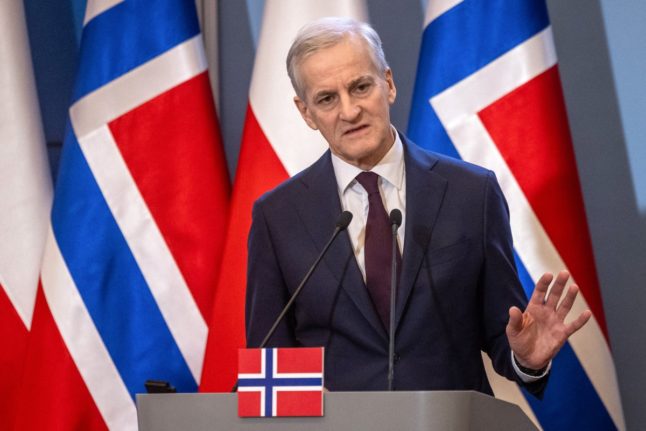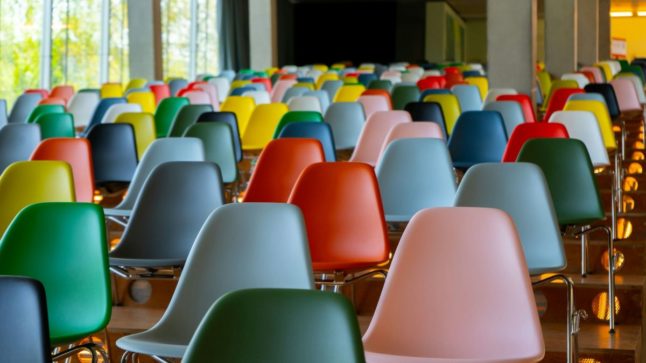The 2024 defence budget, initially expected to be around 8.0 billion euros ($8.75 billion), will be revised upwards in the spring budget bill, Jonas Gahr Støre said after meeting opposition leaders.
The Labour prime minister did not provide any detailed figures but said his country would this year reach the target set for NATO members, under which they are expected to dedicate at least two percent of their gross domestic product (GDP) to military spending.
“Russia has no interest in a military conflict with a NATO member,” Store said. “But we will likely have to cope for a long time with a more dangerous and more unpredictable neighbour, Russia.”
The Scandinavian country was a founding member of NATO in 1949 and shares a 198-kilometre (123-mile) border with Russia in the Far North.
With Russia’s invasion of Ukraine as a backdrop, Norway’s minority government will also present a white paper on April 5th outlining its defence plans for 2025-2028.
“Norway poses a threat to no-one,” Støre stressed. “It’s not a plan (to provoke) a conflict, it’s a plan to avoid conflicts.”
NATO is currently holding Nordic Response exercises in northern Europe, involving around 20,000 soldiers.
They include Swedish troops taking part for the first time since Sweden formally joining the transatlantic military alliance last week.
On Wednesday, another Scandinavian country, Denmark, said it would raise its defence spending by $5.9 billion over five years to boost its military capacity, pushing it past NATO’s spending target from this year.



 Please whitelist us to continue reading.
Please whitelist us to continue reading.
Member comments